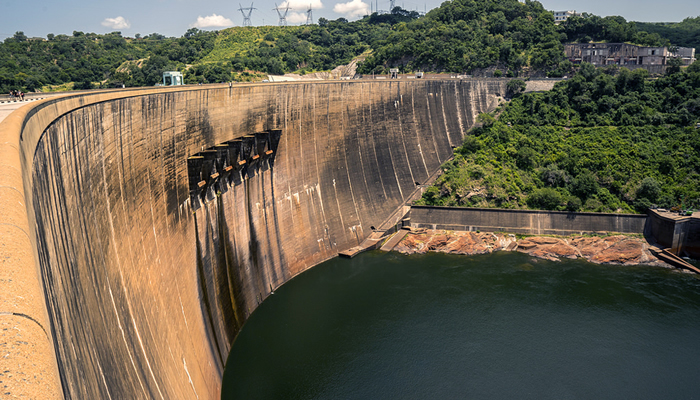
He argued that it is “actually way cheaper” to install the pipeline than construct a dam.
Mupamawonde said the measure would ease the city’s perennial water problems, which have seen rationing and total supply cuts in most suburbs.
The HCC has been considering constructing Gletwyn Dam to provide water for suburbs in the north and east of Harare, which have not received municipal water in more than 10 years.
“Engineers in council should seriously consider building a pipe line from Kariba Dam to Harare to ease the water problems. From the conversations I had with other technical people, they said it was actually cheaper to build the pipeline than construct Kunzvi Dam from scratch,” Mupamawonde said.
However, HCC director of water, Hosea Chisango, said the city would have to conduct feasibility studies to ascertain whether it can be done.
“We have to look at a lot of things like the terrain to construct the pipe and how much it would cost the city and how long it would take to execute the project,” Chisango said.
He added that even after the construction of Kunzvi Dam is complete, Harare’s water woes would still continue, if the distribution network is not repaired.
Meanwhile, Water ministry permanent secretary, Prince Mupazviriho, said construction of Kunzvi Dam by Chinese firm Sinohydro would be done together with Musami Dam.
He said the actual cost of the construction of the dams will only be determined once comprehensive feasibility studies have been done and agreed upon by both parties.
“Provisionally we pegged the costs of both Kunzvi and Musami dams at around $600 million.
“However, that is a very crude figure. The financing model will be determined once there is a bill of quantities which include the construction of the pipeline to Donnybrook where the treatment works and plant will be.
“Kunzvi and Musami dams combined have a capacity of plus or minus 200 million megalitres of water,” he said.
The permanent secretary said while providing safe clean water was crucial, there also had to be considerations that some of the sources of water are heavily polluted and need up to 10 different chemicals to treat, which can also increase costs.
At a water conference held in 2015, government indicated that projects like the construction of Muda and Nyatsime dams would need $231 million investments, while the National Matabeleland Zambezi Water project required $1,4 billion which would be used to construct the Gwayi-Shangani Dam.
An estimated $4 billion is needed for the rehabilitation of existing water supply and sanitation facilities in the country. Daily News






